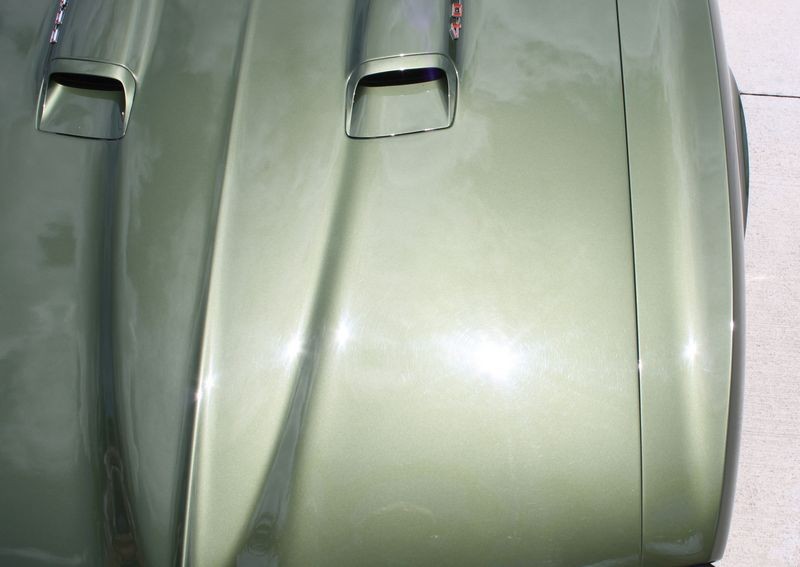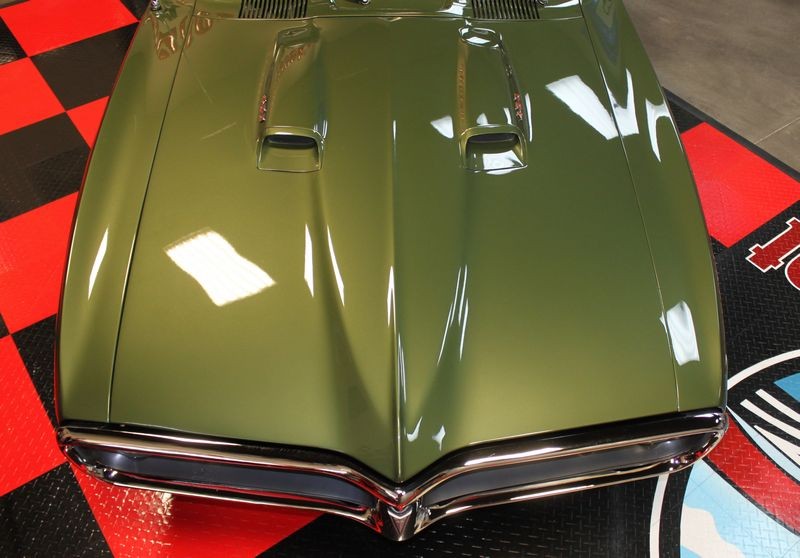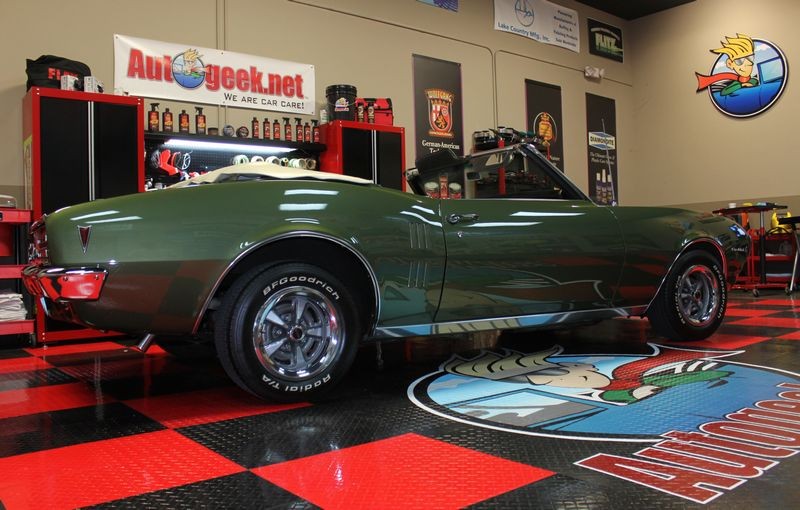Obviously you have brought up a great question that has generated a good deal of discussion already. There are several different factors that are discussed here and I throw in my $0.002 by starting off with the UV question.
First let me point out that waxes and/or sealants do not block UV light unless there are UV absorbers that are effectively incorporated in the formula. Additionally, automotive UV absorbers which are very durable, have a 5 year half life, meaning that every five years the concentration is reduced by 50% percent.
The UV absorbers we use in the Optimum Car Wax are the same as those in the clearcoat paint. The testing we did is an ASTM standard test for automotive paint. A series of panels were painted with automotive base coat/clear coat at the Bayer polymer division (they supply isocyanates to the major OEM paint suppliers and some car manufacturers). The panels were placed in a QUV chamber for roughly 1,500 hours which is equivalent to 5-7 years of external UV exposure. As the test progressed, it was evident that the panels that had Optimum Car Wax with UV protection did not show any fading for the duration of the test while the panels without UV lost gloss and reflectivity (Definition of Image). These results are listed at the end of the patent 6,669,763 (you can use this link
United States Patent: 6669763) which was awarded for this new technology since no other wax or sealant provided UV protection.
Most natural contaminants are hydrophilic in nature including bird poop. Automotive clearcoats are generally based on urethanes, acrylics, melamines, silanes, etc. which are hydrophobic and repel water and other contaminants initially. However as the paint surface gets oxidized (which can take days or weeks) water beading changes to sheeting and environmental contaminants will bond to the surface. Polishing paint will remove the oxidized layer and makes the paint surface hydrophobic again for a short period of time.
As Mike has pointed out, while waxes and sealants might not offer much protection against bird droppings, they will make the surface hydrophobic and minimize bonding of the contaminants to paint. This can help reduce the damage from bird poop and make removal of the contaminants much easier. Besides being very acidic, bird droppings contain enzymes which can break down C-C linkages in automotive paint. As Chris has mentioned already, for maximum protection a coating should be used. The coating we offer has the following advantages:
1. It has a much greater film build compared to a wax or seala
nt.
2. It does not wear off over time without the use of abrasives or paint removers.
3. It does not oxidize over time, therefore it will continue to repel water and environmental contaminants.
4. It is much more resistant than factory clears toward environmental contaminants including acids.
5. Si-C bonds are much more resistant to enzymes than C-C bonds.
What we have seen so far as well as many reports we have received indicates that Opti-Coat is very resistant to bird droppings even after several days of exposure. That is not to say it is resistant to all kinds of bird droppings since there are many varieties. Of course our recommendation for Opti-Coat users is to remove bird droppings as quickly as possible. However, if there is any staining left behind, do not polish it since as Chris pointed out, the stains are not a sign of etching and usually they are on top of Opti-Coat and can break down/disappear after a few days.



